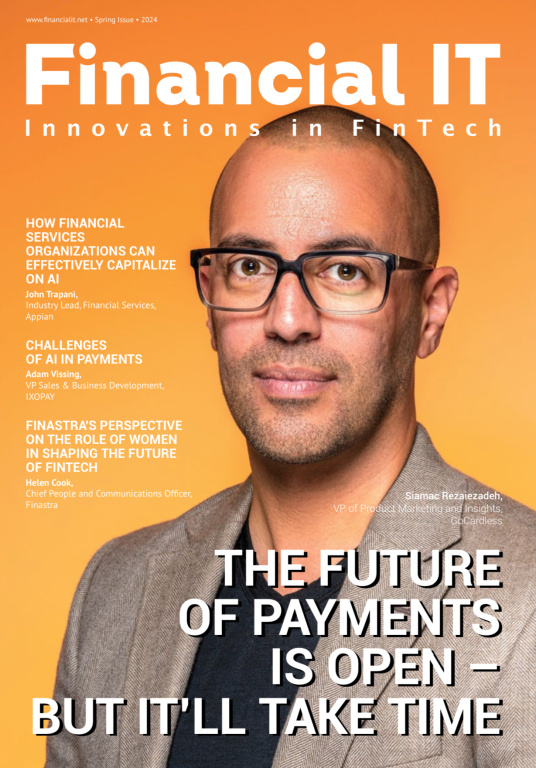Expert FinTech Predictions for 2024 from Paytrix

- Eddie Harrison, CPO and co-founder at Paytrix
- 18.12.2023 11:15 am #banking #digitalization #payments
The Great Rebundling
Before the advent of the internet, high street banks would handle most financial services for businesses and individuals. In the last twenty years, we’ve seen a whole range of suppliers emerge to provide specific individual services to businesses and consumers, whether in foreign exchange, financing or corporate treasury. While these unbundled services, digitally native from the get go, have provided greater speed, convenience and simplicity, businesses in particular are starting to struggle with managing so many suppliers.
We’re already seeing B2C and B2B fintech pioneers starting to extend their range of services into adjacent spaces. And I think this consolidation will continue in 2024 with a great rebundling, particularly in the B2B space. For consumers, this will increasingly take the form of a super app, whereas for businesses it will be via a super API.
Genuinely Functional IBANs
For all the investment and entrepreneurial energy that has gone into fintech in recent years, the movement of money across borders, particularly for businesses, remains clunky, unreliable and slow. Whereas you would imagine that digital technology would slowly be eradicating friction and speeding things up, the reality is that much of the underlying infrastructure is dated and unreliable. Take IBANs for example, introduced in 1997 as a standard format for European bank accounts which was meant to erase the distinction between cross-border payments in Europe.
The reality is that IBANs are often only functional on a very local basis — with transactions across borders often treated, illegally, as foreign payments; or differences in IBAN formats leading to unnecessary rejections. This is a particularly common issue with single or multi-currency IBAN solutions. In 2024, we’ll see the emergence of genuine solutions that allow businesses to operate with a truly local footprint across all individual countries in Europe and beyond.
The Emergence of New Infrastructure for Cross-Border Payments
When it comes to online retail experiences, from the consumer’s perspective, innovation is constant – from being able to shop via livestream on platforms such as TikTok, to receiving enhanced loyalty experiences via QR codes. Everything about online user experiences is becoming increasingly intuitive, sticky, fast and convenient.
Look beneath the surface though at what’s going on from a payments perspective for the ecommerce marketplace, and it’s a tangled mess - which is not surprising. Whether it’s card transactions or payments running over SWIFT, a lot of the ecommerce money is moving around on 1970s infrastructure.
Up until now, attempts to upgrade the systems for cross-border payments have been tinkering around the edges. I think in 2024, we’ll start to see the emergence of digitally-native, cross-border payment solutions that provide genuine and comprehensive global capabilities rather than the reskinning of legacy infrastructure.





















